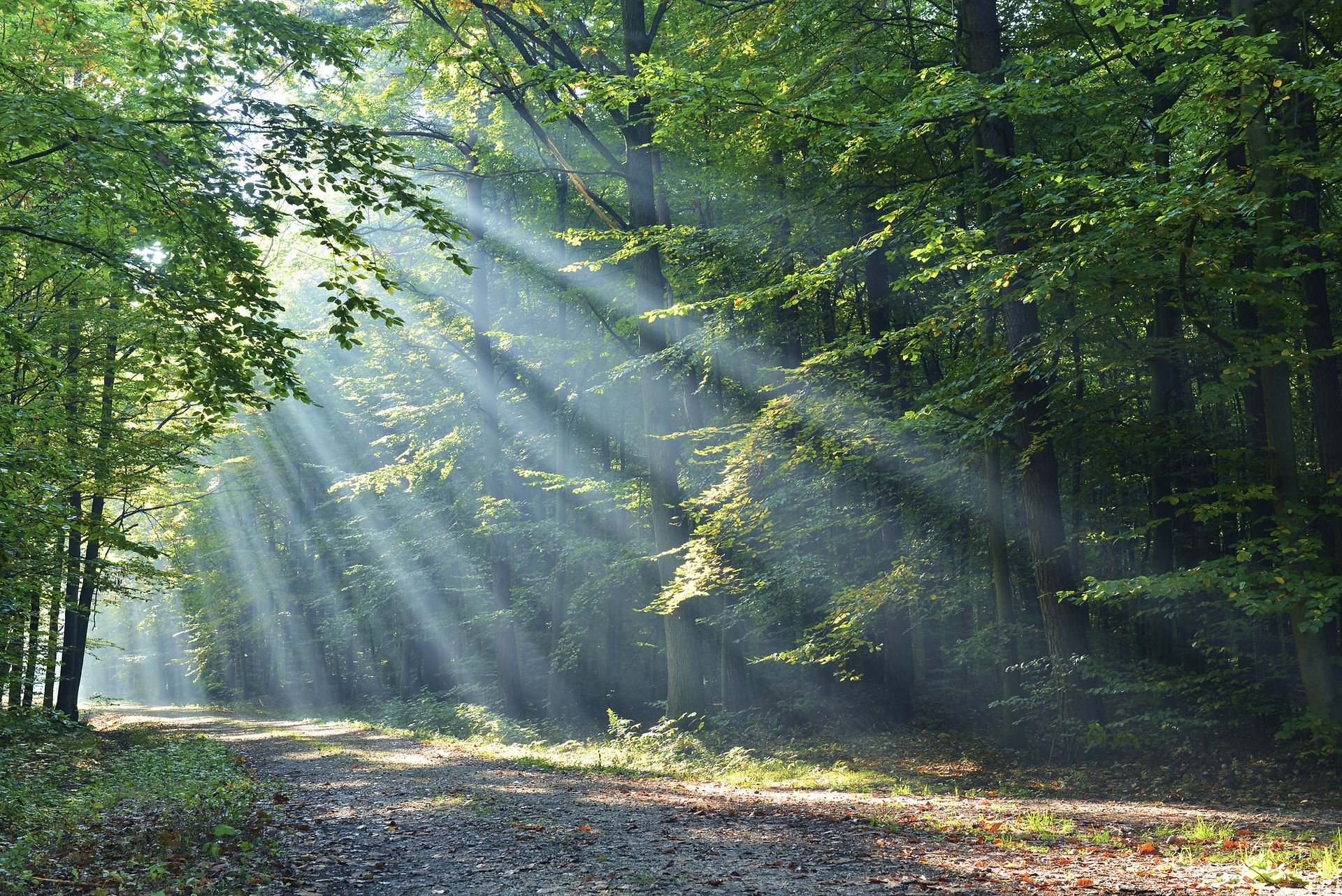Rebar Basic On Black Pine
- Peter Tea

- Jan 24, 2012
- 4 min read
Updated: Oct 8, 2020
Rebar Basic on Black Pine

The day Mr. Tanaka left the nursery to bring trees to Kokufu-ten, he tasked me to style this Japanese Black Pine that belongs to a customer. He said to me, “this is a strange tree and may be difficult to make look good.” I asked Mr. Tanaka how much I can do to the tree and he said all I needed to do is wire the tree and make it look nice. I took that to mean that I shouldn’t do anything drastic to the tree… As you’re probably wondering why the title of this article included, “rebar,” seems to contradict, “shouldn’t do anything drastic to the tree.” Though many Bonsai hobbyist often correlate drastic work with the use of rebar, it turns out that rebar can be used for basic things and can be very simple to use with some practice. In this article, I will talk about how I used rebar to slightly bend the trunk of the tree and completely change the feeling and the overall look of the tree. For those of you who do not know what rebar is, it is short for reinforcing bar. It’s pretty much a iron bar that is used inside concrete structures to make them stronger.

I sat in the workshop for awhile looking at this tree trying to figure out what I was going to do with it. This is what I came up with and here are the reasons. Since the tree has already been somewhat styled for this side to be the front, I decided to continue using it but with some slight modification. I picked this front because it showed off the most movement in the trunk. I also thought that if I reduced the lean of the tree I could get the two trunks to complement each other better. The biggest problem with this tree is that the main trunk splits off into two trunks and are going in the opposite direction from each other. They also both have a good amount of foliage on each trunk. Perhaps I could have made a twin trunk tree but I wasn’t a big fan that the trunk separated half way up the tree so that didn’t happen. I decided to try and make this tree a one trunk tree and make the smaller trunk into a branch instead. Most people would try and hide the strange smaller trunk but I decided to bend it down and show off the strangeness with a more compressed curve. A simple guide wire and the second trunk bent down without any problems. The next thing I did was wire the branches on the main trunk and bend them down.


So why rebar?
There are two reasons why using rebar was appropriate for the bend that I wanted to do. 1. The length of the rebar gave me more leverage to bend and requires less work on my part (lazy?). 2. Using rebar allows me to pinpoint where I wanted the bend to occur. Here is how I set it all up.














I set up another guy wire from the top of the tree to the second trunk to hold the bend in the main trunk instead of keeping the rebar on the tree. Since the trunk started breaking at the bend point, it became the weakest point on the trunk. When I set up the new guide wire, the trunk wanted to bend at the break point so I retained the bend I wanted without the ugly rebar. I showed the tree to Mr. Tanaka again and he gave me the nod without adjusting anything (Great!).



So what do you think?
My thoughts, the future and what I’ve learned
It still amazes me how a simple bend of the trunk can change the feeling of the tree so dramatically. The tree went from two bickering halves to one coherent tree. The tree looks much more elegant to me now. I’m excited to see the continued development of the tree especially when the tree is repotted in it’s new angle. In my future work, I’m going to try and cut back the use of too many guy wires and make the work cleaner. This is especially important when the tree is going back to a customer’s house. If the tree was going to stay here, then a few extra guy wires and rebar isn’t too a big deal.
I would like to also add that this is just one way to use rebar and there are many other set ups that I could have used. Hopefully in the future when I use a piece of rebar again, I can get some shots of a different set up to get the same results and share them with you all. Perhaps you have your own method that suites you better. The setup isn’t especially important as long as you achieve the desired bend you wanted.
I hope you all enjoyed this post. I know I had a good time working on the tree and hopefully the customer will be happy as well when he sees the tree!
Thanks for reading!







Comments